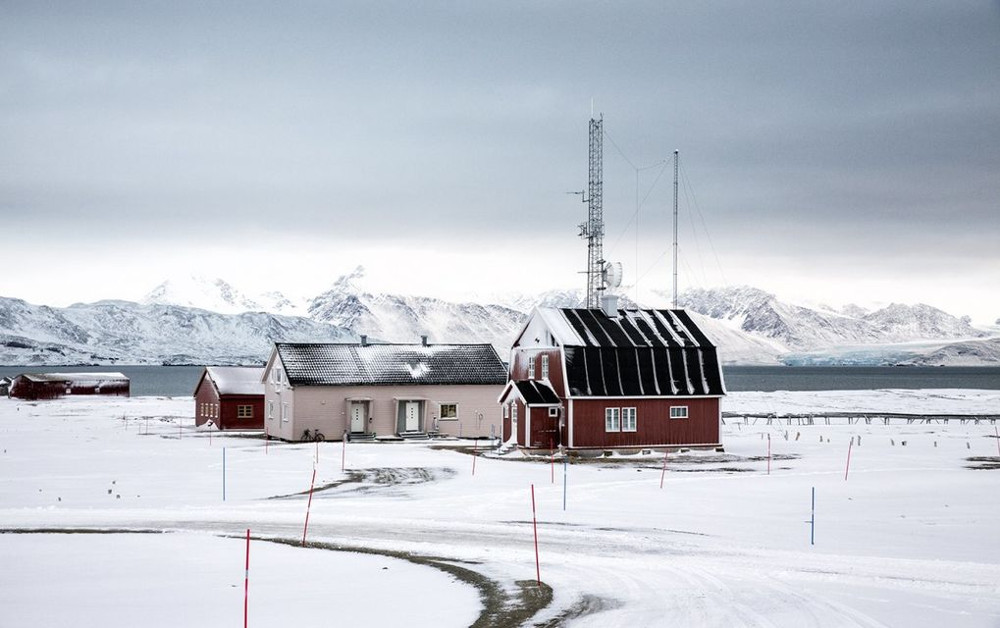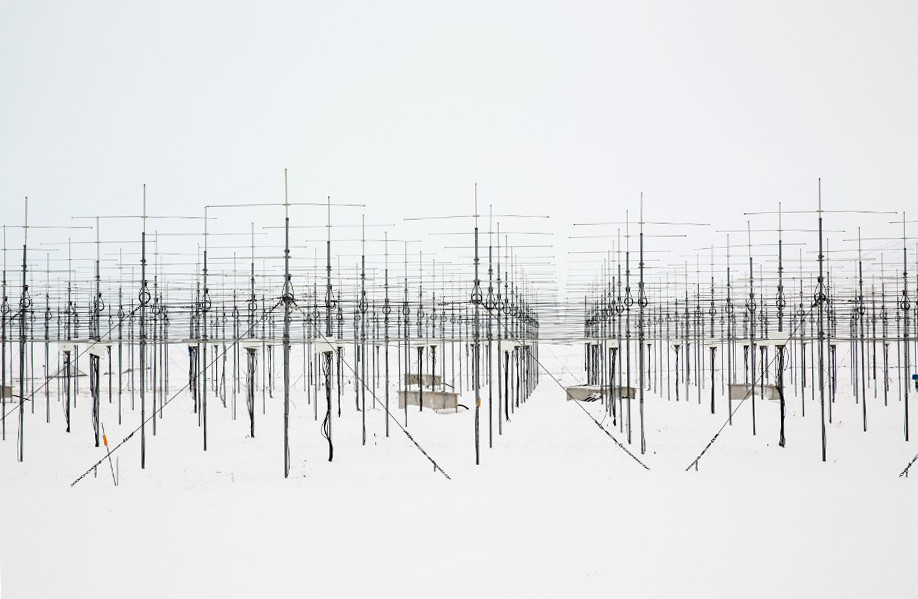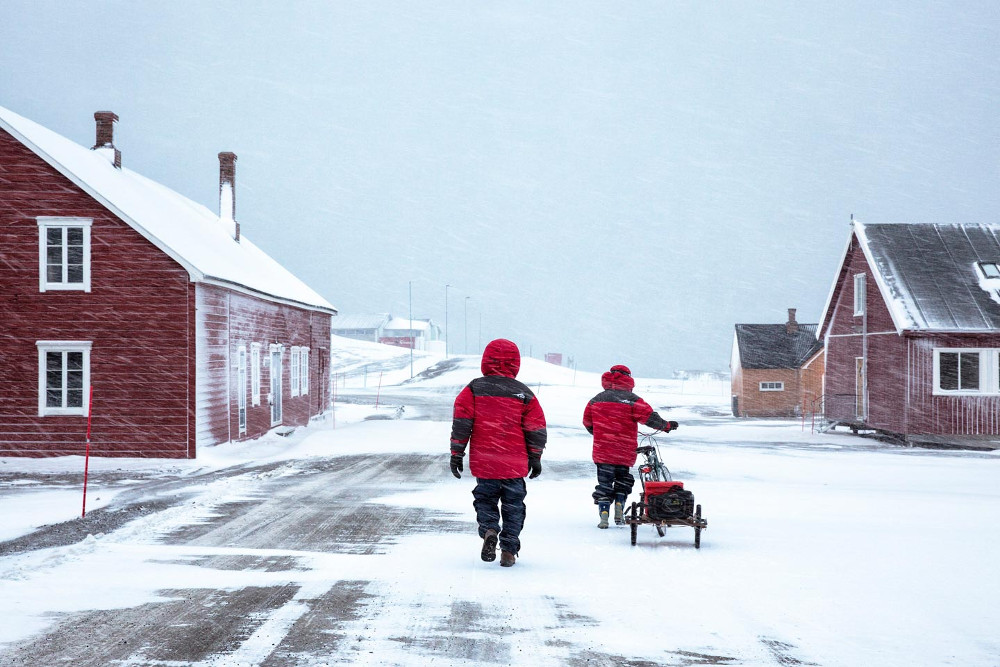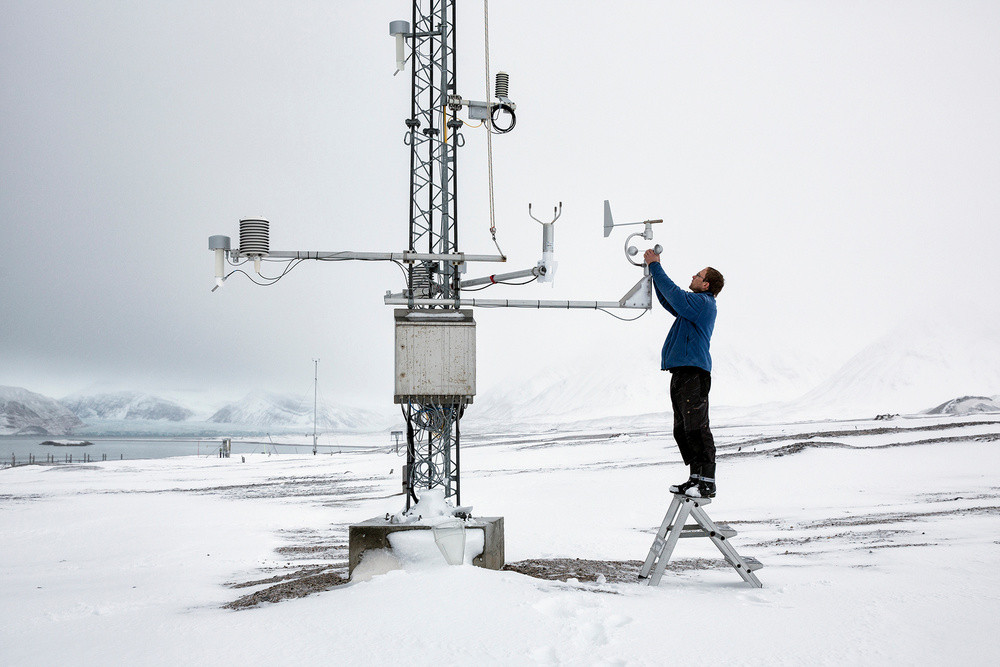The research station is at the end of the world
Scientists at the Ny-Ålesund research station near the North Pole not only have to endure extreme temperatures sometimes down to -58 degrees Celsius, but also must be ready to face dangerous polar bears.

The town of Ny-Ålesund in the Arctic Ocean is considered a land of people living near the most north pole. Previously, the town was on the Svalbard Islands of Norway specializing in mining, but now it is the largest Arctic research station in the world. Researchers living here conduct research on the Earth's environment year-round.

In order to preserve the surrounding natural environment, local authorities forbid people to come to this area, except for scientists and research station staff.Photo reporter Anna Filipova is licensed to this remote research station, according to Business Insider.

"I was surprised and confused to know that I had to pass a safe course on guns before going to this place, in case I encountered the polar bear," Filipova said.Gac Arctic resides and breeds in Svalbard, according to the Norwegian Polar Institute.In the summer, bears often approach and even go to the study area.

Despite the harsh environment and the risk of polar bears, Filipova returned safely from Ny-undlesund with stunning photographs in a series called "Research at the End of the World".

"The Arctic is one of the most attractive places on Earth, but it is also one of the most dangerous places , " Filipova said. "The Arctic is constantly moving, changing, melting, regenerating, appearing and disappearing . "This is why this place has become a prime location for scientists to observe and study global warming.Although the town is separate from human civilization, it is still threatened by air pollution from Europe and North America brought by the atmospheric circulation.

"From here on, I was immediately attracted," Filipova said. "Everything in this place is designed to identify, evaluate and monitor environmental changes." Filipova has the opportunity to experience extremely harsh weather with temperatures ranging from -10 to -58 degrees C. "The weather changes, deletes, recreates or conceals the land , " Filipova said.

According to Filipova, "steel spirit" is needed to withstand the harsh conditions of this place. "The people who choose to come here are different from the scientists working in the warm lab , " Filipova said.Researchers here come from all over the world to work with great courage and dedication.Some have to use sleighs to sample ice and snow from glaciers, while others have to work in complete isolation.

Researchers must also adapt to Arctic seasons. At some point of the year, the Sun never sets, and in most winters, the Sun never grows. Night covered many months at the end of the season. An Italian master whom Filipova met often had to walk many kilometers alone in the ice-cold darkness of this wild land to change the filter of research equipment. "She could only see within 2-3 meters and had to carry a rifle in case of a bear ," Filipova said.
- China inaugurated a new research station in Antarctica
- Russia relocated urgently the Arctic research station
- China built two more research stations in Antarctica
- China will build its fifth research station in Antarctica
- Japan plans to build a new research station in Antarctica
- Chinese research station in Antarctica
- China is about to build two Antarctic research stations
- The most glittery subway stations in the world
- SeaOrbiter - Dream ocean research station
- China built seismic station at Mount Everest
- South Korea built a second research station in Antarctica
- Russia plans to shorten the operational duration of the ISS station
 Norway built the world's tallest wooden tower
Norway built the world's tallest wooden tower Kremlin
Kremlin Ashurbanipal: The oldest royal library in the world
Ashurbanipal: The oldest royal library in the world Decoding the thousand-year construction of Qin Shihuang shocked the world
Decoding the thousand-year construction of Qin Shihuang shocked the world